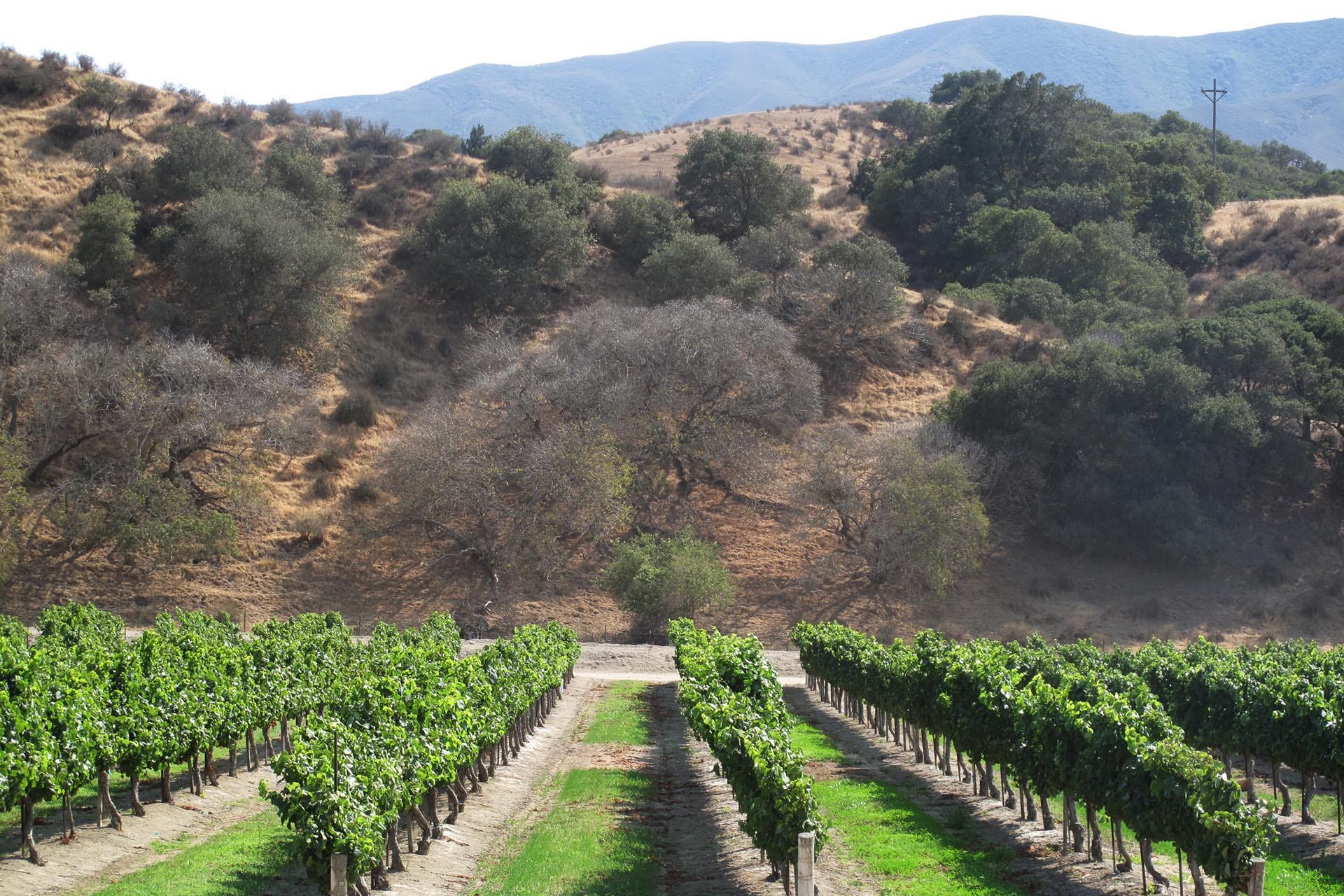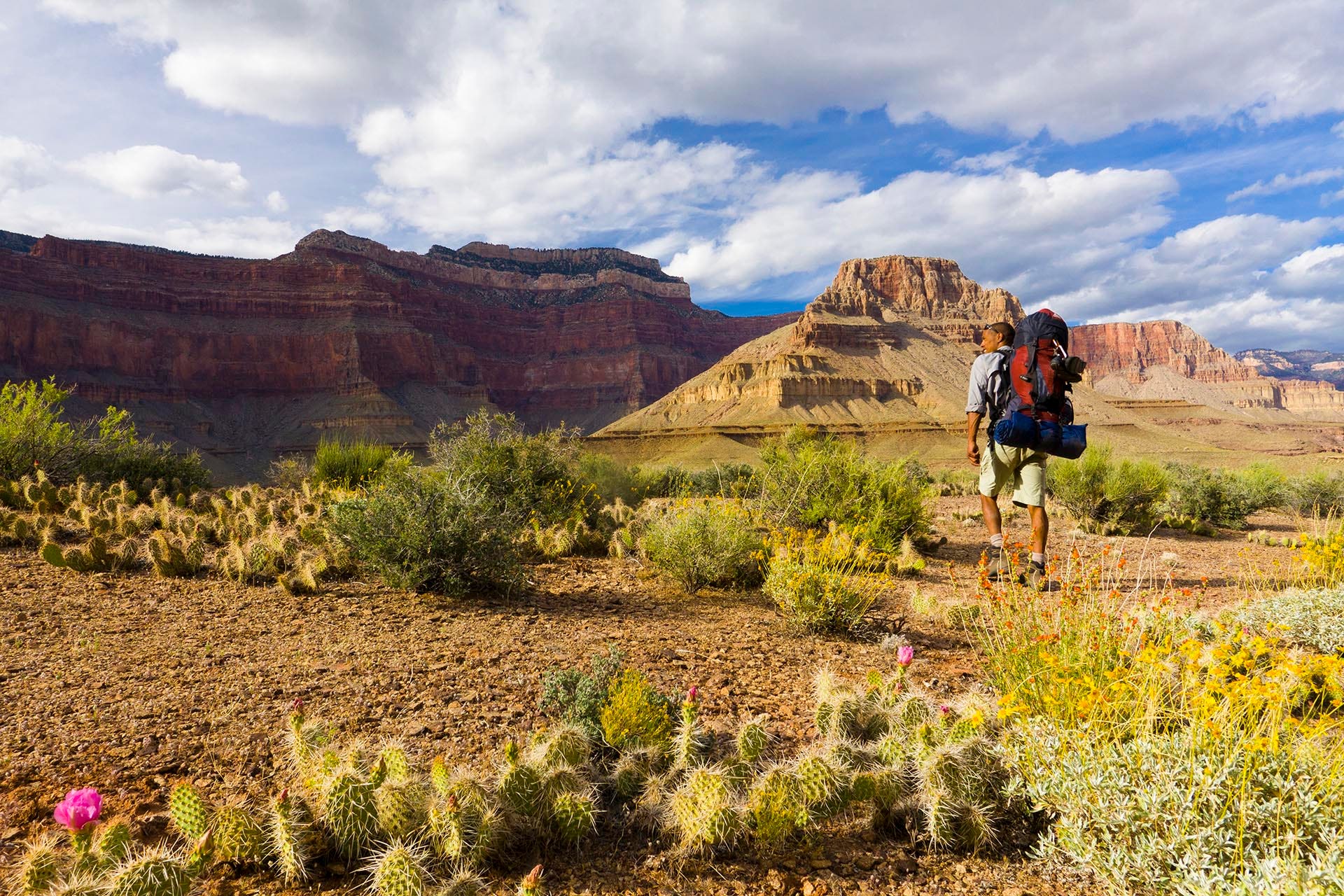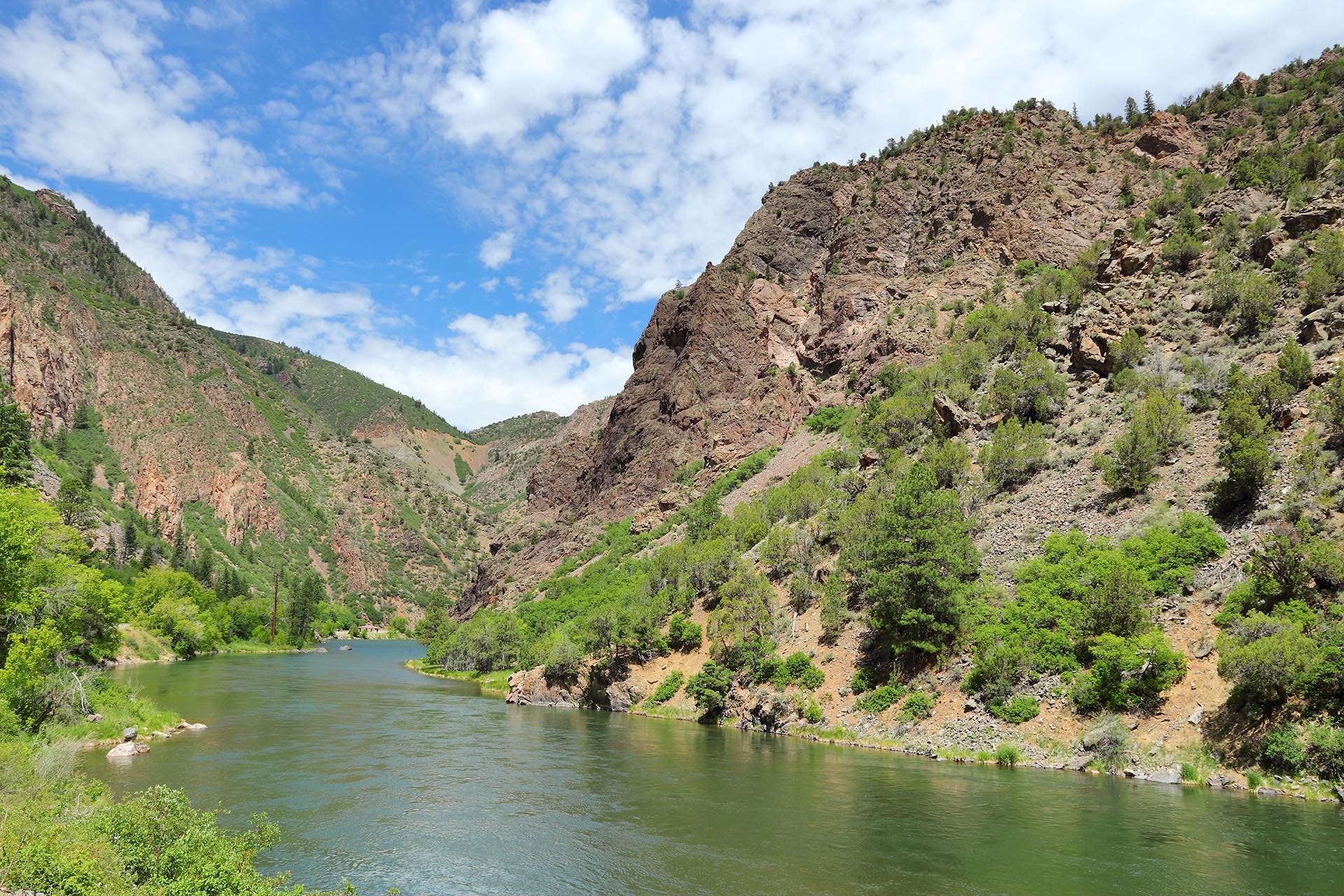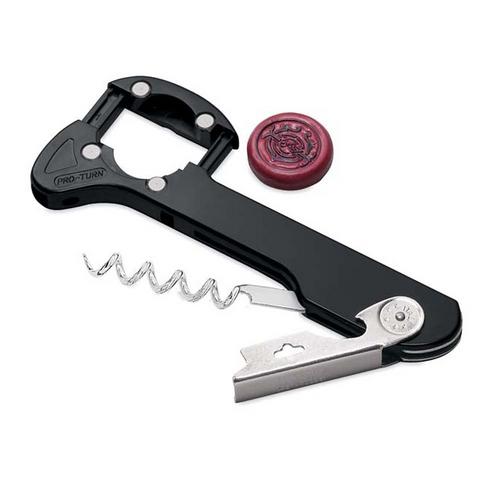Wine Enthusiast |
- The Surprising Story of Oregon’s Other Pinot
- Trek and Taste: Five National Parks Near Wine Country
- 12 Tuscan Reds That Fit Any Budget
| The Surprising Story of Oregon’s Other Pinot Posted: 04 Jun 2021 05:00 AM PDT  Wines that are rising stars or fallen angels often reflect sales trends. They can impact consumer perceptions of a particular grape variety, and sometimes an entire region. A case in point is Oregon and its up-and-down reputation with Pinot Gris. The first commercial domestic planting of Pinot Gris was made by The Eyrie Vineyards Founder David Lett a half-century ago. Some 25 years later, he wrote that he "faced the dreary syndrome from shops and restaurants and distributors that 'if it's white and it ain't Chardonnay, I can't deal with it.' " Though Pinot Gris seemed like a natural match to Oregon's rising reputation for great Pinot Noir—and a perfect companion to Pacific Northwest salmon—it was in a bind. At a trio of Pinot Gris symposiums for producers a decade ago, the consensus was that retail prices had peaked at $12. This price ceiling, went the thinking, precluded further investment in vineyards, barrels and the like. Simple, generic and cheap Pinot Gris was in a downward spiral. Led by Pinot Gris superproducer King Estate, that gloomy scenario has flipped. The winery now makes up to 10 different versions and 100,000 cases in a single vintage. Such a range, Winemaker Brent Stone says, allows him to experiment with different vineyards and methods like fermenting in concrete tanks and doing extended sur lie aging.  Though King Estate leads all Pinot Gris sales, imported and domestic, in the $15–$20 category according to recent Nielsen data, it's certainly not alone. Statewide acreage is up close to 50% since 2015. Alongside Oregon Chardonnay and Riesling, Pinot Gris occupies an important niche to help establish the state as a world-class white wine producer. Keeler Estate Vineyard is another Pinot Gris pioneer. Its lineup, all from estate-grown biodynamic grapes, includes a Skin Contact Pinot Gris that's given a five-day cold soak prior to fermentation. This brings out a subtle, rosé-like hue, along with a softer palate. There's also the Concrete Dolia Pinot Gris that's fermented in a concrete egg, and the Barrel Aged bottle that sees time in neutral French oak. For the Barrel Aged bottling, the extended time on the lees, 18 months in mostly neutral oak, softens the mouthfeel and imbues a lightly honeyed character to flavors of fresh pear, apple and citrus fruit. In response to a query about ageworthiness, Keeler sent some back vintages, which were revelatory. Granted, these wines had perfect provenance, as they came directly from the estate. Nonetheless, a strong argument can be made to age your best Oregon Pinot Gris for a drinking window of between six and 10 years. Keeler's 2011 was amazingly fresh and bright, with subtle floral and pastry highlights. The 2014, a better vintage, propelled those same characteristics into a lush, pastry-flecked palate with exceptional depth.  Current vintages of top-scoring Oregon Pinot Gris average around $20 and rise from there, with quality improvements that more than justify the cost. Look for King Estate's widely available Willamette Valley bottling ($19); Authentique's Leisure Pinot Gris ($32), fermented and aged in a mix of amphora, concrete egg and neutral oak; and Elk Cove's Estate Pinot Gris ($19) that expands on the palate with a vivid mix of grapefruit, lemon curd and candied orange peel. If low-cost Italian Pinot Grigio is as far as you've ventured with this grape, it's time to dive into Oregon's offerings. You'll discover a world of flavors especially suited to seafood, but with the versatility to expand, and even improve upon, your other white wine choices. Better yet, tuck a few choice bottles away for future enjoyment. |
| Trek and Taste: Five National Parks Near Wine Country Posted: 04 Jun 2021 04:30 AM PDT  In an era of shrinking wilderness, it seems downright visionary that early U.S. presidents put pen to paper to protect diverse ecosystems for the public good. Abraham Lincoln signed the Yosemite Valley Grant Act in 1864. Ulysses S. Grant created Yellowstone National Park in 1872. And, at the turn of the 20th century, Theodore Roosevelt earned the moniker "The Conservation President" for his slew of protections. Some of today’s most interesting and least-congested parks border wine country. And there's no better way to see America than through its forests, dunes and mountains than with a glass of local wine. Before you visit a park, check the National Parks Service website for Covid-19 modifications and closures. White Sands National ParkNew MexicoPrefer a less crowded park experience? While four million people trek to Yosemite each year, White Sands National Park receives just 600,000 visitors across 275 square miles of desert. As its name implies, the park's gypsum sand shimmers enough to mimic snowy dunes. Bright and dry days help vines flourish in nearby Mesilla Valley, New Mexico's smallest American Viticultural Area (AVA). Straddling the Rio Grande River, the climate supports the production of rich reds from varieties like Zinfandel, Syrah and Cabernet Sauvignon, plus a bit of Tempranillo. The town of Las Cruces serves as a jumping-off point to explore local wineries like Lescombes Winery, Rio Grande Winery, La Viña Winery and Luna Rossa Winery. Shenandoah National ParkVirginia
Shenandoah, which teems with vistas, wildlife and waterfalls, attracts around 1.5 million visitors per year. About 75 miles from Washington D.C., the centerpiece of the 200,000-acre park is the 105-mile Skyline Drive that features dramatic views of the Blue Ridge Mountains around every turn. Well-marked trails offer hikes through woodland valleys and across streams. History buffs might want to stop at nearby Manassas National Battlefield Park, site of a devastating 1861 Civil War clash. At the southern end of the park lies Charlottesville, in Albemarle County, the pastoral area that Thomas Jefferson called home. Though he failed to make fine wine, wineries like King Family Vineyards, Stinson Vineyards, Barboursville and Veritas produce Cabernet Franc, Petit Verdot, Viognier and red blends in the Monticello AVA. At the northern end of the park, RdV Vineyards sets a benchmark for Virginia wine with its Cabernet blend, allocated only to members of its reserve list. Pinnacles National ParkCalifornia
As throngs fight for reservations to Yosemite, in-the-know travelers go to Pinnacles National Park. Not only does it serve around 200,000 visitors a year, Pinnacles neighbors the beautiful coastal town of Carmel-by-the-Sea and Central Coast wine regions in Monterey County. Much like the ancient soils that nurture nearby Pinot Noir and Chardonnay vines, the park's landscape was born of geological upheaval. More than 23 million years ago, volcanos and shifting tectonic plates created the unique Talus caves and rock formations, or pinnacles. Hikers and cavers test their athleticism and nerve on challenging terrain, though there are also easier hikes for the less ambitious. All highlight diverse wildlife, from hummingbirds and condors to salamanders and mountain lions. Wine lovers can tackle the 5.3-mile hike from Condor Gulch to High Peaks in the morning, followed by lunchtime sips in the Santa Lucia Highlands. There's a clutch of wineries along River Road, with Hahn Family Wines near the south, and Wrath Wines further north. Grand Canyon National ParkArizona
Grand Canyon National Park is a showstopper of the American Southwest. With upwards of six million visitors each year, reservations for the vast gorge's lodges and cabins are booked up to a year in advance. However, a photo of the winding Colorado River from the South Rim is far easier to land. Lookout points at Navajo Point and Desert View Drive swell with crowds, but for good reason. The two-billion-year-old layered red sedimentary rock is peppered with pines, spruces and firs. It's peerless in its beauty. Two hours south, near Sedona, another hiking haven amidst sublime scenery, sits Verde Valley. Winemaking dates to the 1800s, but the modern industry was resurrected in the 1980s. Local vintners have proposed a 200-square-mile AVA. Vineyards offer mostly red grapes like Syrah, Cabernet Sauvignon, Sangiovese, Zinfandel and Mourvèdre. Taste along the Verde Valley trail or at the numerous tasting rooms in Cottonwood and Jerome. Maynard James Keenan, lead singer of Tool, and Eric Glomski are key players. Maynard owns Caduceus Cellars and Merkin Vineyards, and Glomski founded Page Springs Cellars. Black Canyon of the Gunnison National ParkColorado
A terrestrial version of the ocean's deepest trenches, Black Canyon of the Gunnison earned its name because sunlight reaches the gorge's deepest fathom for just a few minutes each day. The park welcomes around 400,000 people every year. Climbers and hikers in search of steep terrain and scenic payoffs head to Devils Lookout and Pulpit Rock Overlook or the Inner Canyon. Trails for all abilities line the South and North rims, and easier paths like Cedar Point Nature Trail still offer stunning views of the 2,000-foot drop. West Elks, named for the mountains seen beyond the park, is the closest wine region and Colorado's second AVA. A bit further sits the state's inaugural AVA, Grand Valley, near the town of Palisade. Elevation plays an important role, as some vineyards start at 4,500 feet above sea level and go as high as 7,000 feet. In Grand Valley, hit Colorado Cellars, the area's oldest and largest winery, as well as Two Rivers Winery, Varaison Vineyards and Red Fox Cellars, all which offer a range of red and white wines like Riesling, Chardonnay, Merlot and Nebbiolo. |
| 12 Tuscan Reds That Fit Any Budget Posted: 04 Jun 2021 04:00 AM PDT  Home to famed wines like Chianti Classico and Brunello di Montalcino, Tuscany is a hotbed for tasty red wines. But those storied areas come with stringent regulations, which often stifles creativity and the drive to constantly push boundaries. For examples of wines that don't like to color within the lines, look to bottles labeled with region-wide appellations like Toscana IGT (Indicazione Geografica Tipica). This category includes highly-regarded Super Tuscans destined for your cellars, or easy-sipping, savory reds that are great as an everyday pour. Marchesi Antinori 2017 Tignanello (Toscana); $135, 97 points. Aromas of cassis, menthol, blue flower and pipe tobacco shape the nose on this gorgeous red. A blend of Sangiovese, Cabernet Sauvignon and Cabernet Franc, the delicious, elegantly structured palate delivers dried black cherry, ripe blackberry, licorice and vanilla framed in taut, fine-grained tannins. Drink 2023–2029. Ste. Michelle Wine Estates. Cellar Selection. –Kerin O'Keefe Tenuta San Guido 2019 Guidalberto (Toscana); $70, 95 points. This enticing red offers alluring aromas of fragrant purple flowers, dark-skinned berries and crushed mint. The elegantly structured palate doles out succulent blackberry, orange zest, licorice and saline notes set against taut, refined tannins. It's nicely balanced by fresh acidity. Drink 2022–2029. Kobrand. Editors' Choice. –K.O. Isole e Olena 2017 Cepparello Sangiovese (Toscana); $95, 94 points. Scorched earth, new leather, ripe black-skinned berry and balsamic whiffs of camphor and cedar form the nose. Smooth and juicy, the savory palate delivers ripe Morello cherry, mature plum, toasted hazelnut and ground clove set against velvety, enveloping tannins. Drink 2022–2029. Chambers & Chambers. –K.O. Bibi Graetz 2018 Testamatta Sangiovese (Toscana); $99, 93 points. With a few swirls of the glass, this releases alluring scents of fragrant blue flowers, wild berries, pipe tobacco and menthol. Made from the grapes of old vines of Sangiovese sourced from five top estate vineyards, the vibrant, elegant palate features juicy raspberry, Morello cherry, licorice and toasted nuts alongside taut, fine-grained tannins. It's still young and primary, with bright acidity. It needs a few more years to fully develop and will still offer years of pleasure. Drink 2023–2030. Folio Fine Wine Partners. –K.O. Brancaia 2017 Ilatraia (Toscana); $65, 92 points. Made with 40% Cabernet Sauvignon, 40% Petit Verdot and 20% Cabernet Franc, this opens with heady aromas of ripe black-skinned berries, cedar and scorched earth. The concentrated, full-bodied palate offers dried black cherry, clove, mocha and tobacco alongside fine-grained tannins. Enjoy through 2027. E. & J. Gallo. –K.O. Salcheto 2019 Obvious Rosso Sangiovese (Toscana); $19, 91 points. Made with organically grown Sangiovese and without added sulfites, this certified sustainable wine has intriguing aromas of truffle, leather, cold cuts and ripe black plum. Racy and tangy, the savory palate doles out juicy Marasca cherry, raspberry compote, baking spice and wild herbs framed in lithe tannins and vigorous acidity. It closes on a salty note. Drink through 2024. Massanois Imports. Editors' Choice. –K.O. Supremus 2015 Toscana; $19, 91 points. Black-skinned berry, underbrush and leather aromas emerge from the glass. The polished palate features dried black cherry, ground black pepper and tobacco alongside fine-grained tannins. Drink through 2028. Empson USA Ltd. –K.O. Buli 2016 Estate 44 (Toscana); $24, 90 points. A blend of Sangiovese, Cabernet Sauvignon, Syrah and Merlot, this has aromas evoking Mediterranean scrub, cedar and black-skinned berries. The savory palate features blackberry jam, clove and black pepper alongside polished tannins. Drink through 2027. Dark Star Imports. –K.O. La Selva 2019 Privo Organic Red (Toscana); $15, 90 points. A blend of organically grown Sangiovese and Alicante, this offers aromas of red-skinned berry, underbrush and white pepper. Made without added sulfites, the juicy, fresh palate features raspberry, cinnamon and clove alongside polished tannins and bright acidity. Enjoy through 2025. The Jack Edwards Collection. Best Buy. –K.O. Tenuta Le Calcinaie 2019 Ingredienti: Uva Sangiovese (Toscana); $22, 90 points. Made with no added sulfites, this 100% Sangiovese has aromas of red-skinned berry, underbrush and baking spice. The bright, juicy palate doles out red cherry, crushed raspberry and cinnamon alongside taut tannins and lively acidity. It's made to be enjoyed young, so drink through 2023. De Grazia Imports, LLC. –K.O. Bocelli 2018 Sangiovese (Toscana); $16, 89 points. This Sangiovese opens with aromas of red-skinned berries, leather and underbrush. The bright palate offers red cherry, cinnamon and clove alongside velvety tannins. Drink through 2024. August Wine Group. –K.O. Frescobaldi 2019 Remole (Toscana); $10, 87 points. Made with Sangiovese and a small amount of Cabernet Sauvignon, this thoroughly enjoyable red opens with fruity aromas of wild berries and a whiff of just-pressed grapes. The easygoing palate offers juicy Marasca cherry and a hint of ground clove alongside pliant tannins. Drink soon. Shaw-Ross International Importers. Best Buy. –K.O. |
| You are subscribed to email updates from Wine Enthusiast. To stop receiving these emails, you may unsubscribe now. | Email delivery powered by Google |
| Google, 1600 Amphitheatre Parkway, Mountain View, CA 94043, United States | |





















0 comments:
Post a Comment